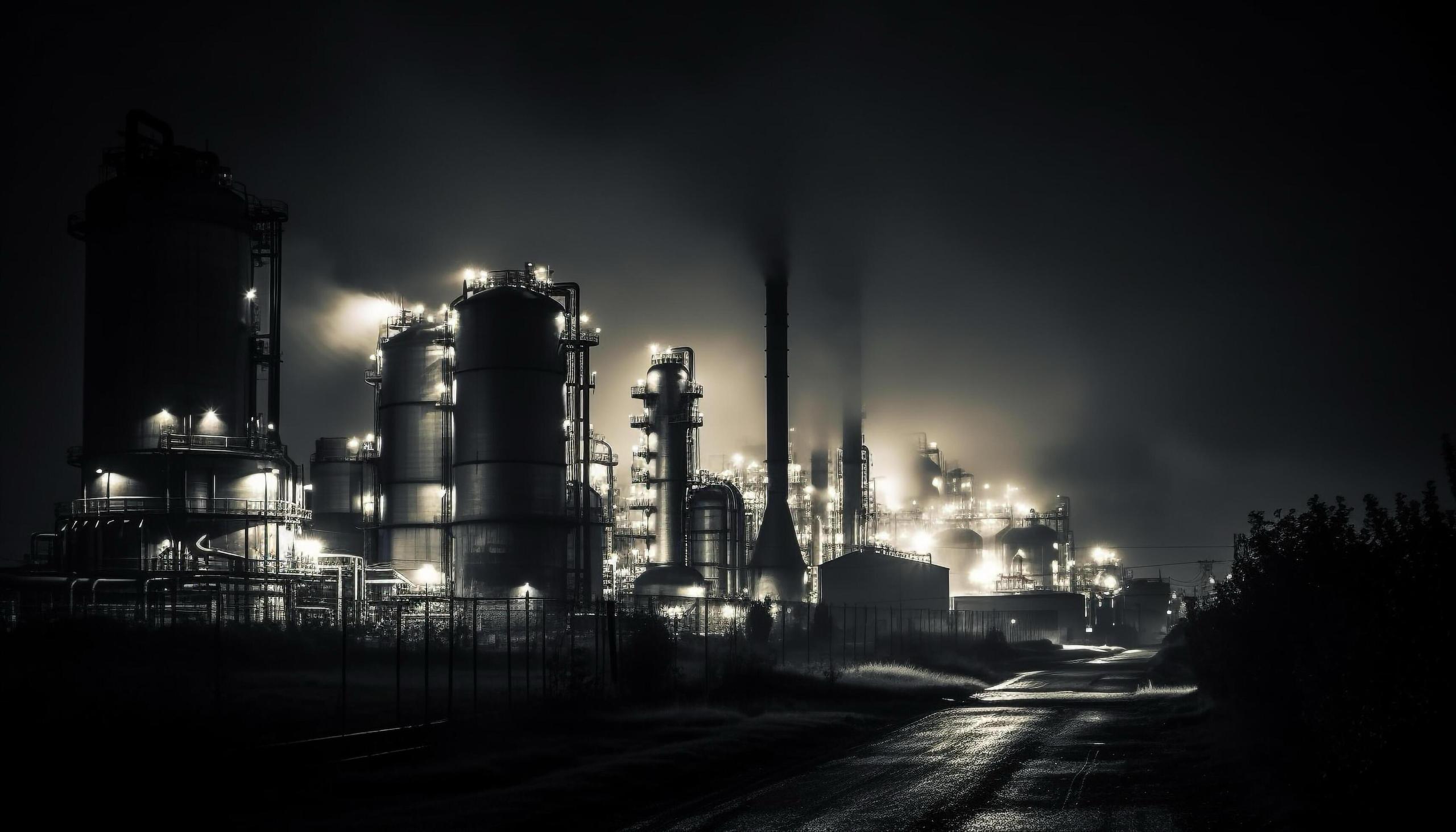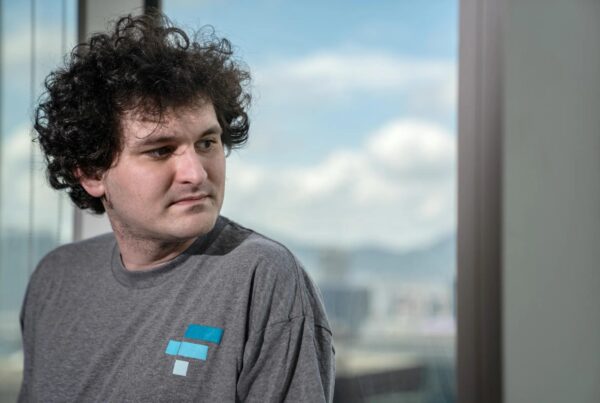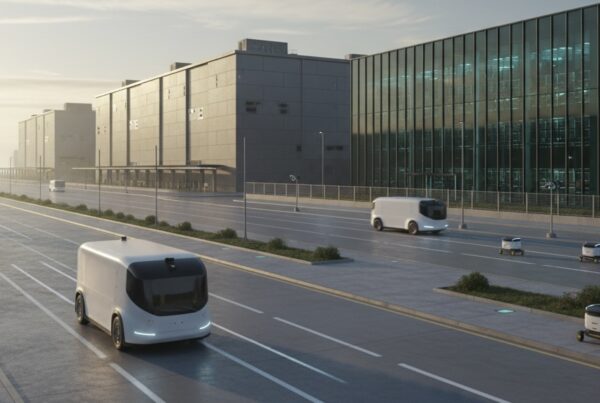Imagine a large, silent factory. There is no hustle and bustle of workers, no sound of chatter between shifts, and, strangely, there are no lights on. The machines work in the dark, the robots creak, infrared sensors communicate with each other without the aid of light. This is the new face of the modern dark industry.
This phenomenon is no longer a science fiction concept. In some industrial areas in China, factories have begun operating 24 hours a day without lights, because the entire production process is carried out by AI robots (Artificial Intelligence) that do not need lighting, rest, or even fresh air. They work nonstop, day and night, in an efficient and controlled dark room.
From “Smart Factory” to “Dark Factory”
Before the term "dark industry" appeared, the manufacturing world knew the concept of a smart factory—a factory that relies on sensors, data, and automation. But now, that technology has leveled up.
"Dark factory" is the most extreme version of the smart factory, without human operators in the production room. The temperature and lighting are set only for machines, not for humans. The AI system monitors, repairs, and automatically adapts itself.
Most dark factories in China operate in the fields of precision components, semiconductors, and the assembly of large-scale electronic products. Robots are trained with machine learning to detect product defects, manage raw materials, and even correct production errors without human intervention.
Why is this factory dark?
The answer is simple: energy efficiency and productivity.
Because robots do not need light to work, the factory can save electricity in large amounts. In addition, the low temperature in a dark room also helps the machine stay stable and last longer.
And the most important thing is that there are no working hours.
Robots work 24 hours a day without tiring, so production can run three times faster than conventional factories.
What is the result? Production costs have fallen, quality has improved, and output can be controlled precisely by the central AI system.
The role of humans is not lost but changed.
Although the dark factory sounds frightening, it does not mean that humans are truly removed from the system. However, the role of humans has shifted from operator to supervisor and system designer.
People now work in a bright, clean, and comfortable control room, monitoring data from thousands of machines through a digital dashboard. Their job is no longer to tighten bolts or move items, but to ensure that the algorithms and systems run perfectly.
This is the form of collaboration between humans and next-generation AI: humans think, AI executes.
Social Ethics Challenge
However, behind the extraordinary efficiency, a big question arises,
What happens to the human workers who used to work on the production line?
Some analysts assess that, in the short term, the dark industry could cause structural unemployment in the manufacturing sector. But in the long run, the industrial world will create new jobs in the fields of AI development, maintenance, and control, jobs that require more analytical intelligence than physical labor.
In addition, a new issue has arisen regarding dependence on AI systems. What happens if this system is damaged, hacked, or makes a logic error? Without humans inside the factory, who can stop it?
The Future Behind the Darkness
"Dark industry" is a symbol of a major change in the way the world produces goods. It is not merely a technological innovation, but also a redefinition of the relationship between humans and machines.
Perhaps in the future, we will have an industrial city that is almost without light, quiet, efficient, and fully automated. But the true light is still out there, in the hands of people who design artificial intelligence with heart and responsibility.
Because in the end, the future of the industry is not about replacing humans,
but to find a new balance between natural intelligence and artificial intelligence.
Written with a spirit that lights up the dark side of technological progress, because even in the darkness of the factory, there is a light of innovation that continues to live.
Discover more from Insimen
Subscribe to get the latest posts sent to your email.










